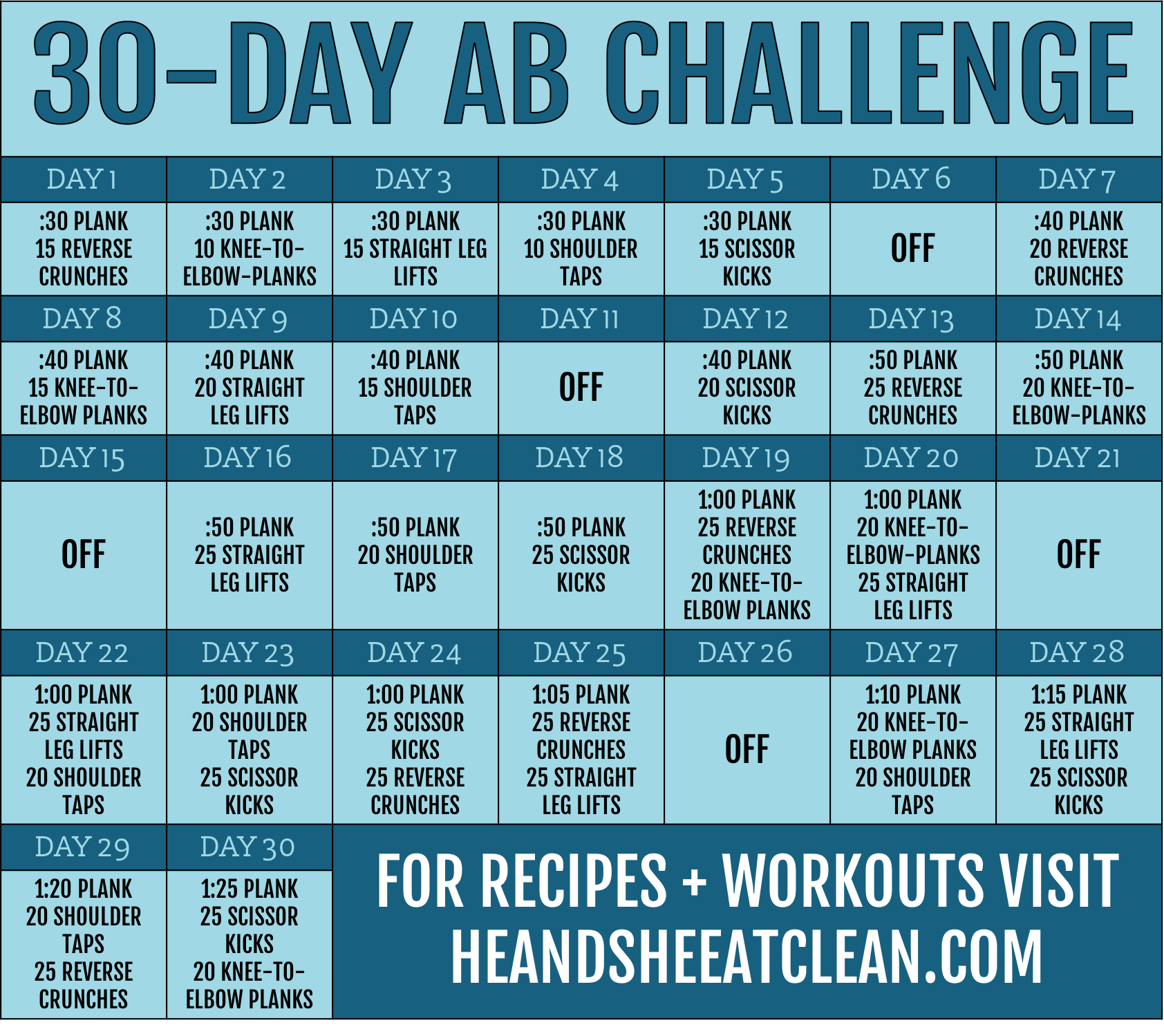According to data released by the IRS, the average tax refund this year will be about $2,900. Without a doubt, you’re relying on that refund to provide a nice cash infusion after a spendy holiday season, so we wanted to give you a quick rundown of some smart ways to put your refund to good use.
However, before we get into those ideas, we want you to make you aware that getting a refund is in no way free money! Hopefully, you know this by now, but the money you’re getting back from Uncle Sam is money you should have had last year. That’s almost $250 extra each month that you basically let the government borrow for free! If you would have put that $250 extra from last January’s paycheck into your 401(k) or Roth IRA in an S&P 500 index mutual fund, you’d be $55 richer today...and that’s just the return on one month’s pay for the entire year! If that doesn’t convince you, the $2,800 average refund from the prior year would now be worth $3,500 if it was sitting in that S&P 500 index fund at the start of 2017! If you’re not in a position to save for retirement, that $250 extra each month could be used to eliminate the need to go into debt.
So, if you’re getting more than $500 back this year, we suggest updating your W-4s with your employer to have the additional amount automatically added to your 401(k). The withholding rates are changing this year as at least 80% of American taxpayers will see an increase in their take-home pay thanks to the 2017 tax reform, so even more reason to update your W-4! You can use the IRS withholding calculator (to be updated by the end of February) to fine-tune your withholding to make sure you maximize your take-home pay. You can also seek guidance from your tax advisor, a local Enrolled Agent or your HR department if you’re not sure how to change your W-4.
If you rely on your refund as forced savings, that’s fine, but use the money wisely rather than splurging on something when you have debt you can pay down or savings that need to be optimized. With that said, below are 5 smart ideas on what to do with your refund.
>>>> Ever feel like you need to detox your money?
5 Smart Ways To Use Your Tax Refund
1. Pay off/down credit card debt:
According to a study recently performed by NerdWallet, the average household credit card debt is nearly $16,000 and Americans pay an average of $904 in annual interest on the revolving debt. What better way to put the average $2,900 refund to use than to pay down a huge chunk of your credit card debt? If you have balances on multiple cards, pay down the balance with the highest interest rate first in order to save on accrued interest. The good news is that 41% of respondents to a NerdWallet survey say unnecessary spending is what has caused them to rack up credit card debt...stop spending foolishly and put your refund to work!
Use one of our money saving challenges to pay off debt quickly!
2. Pay off/down student loan debt:
According to the same study, average American household student loan debt is about $47,000. Sure, student loans carry relatively low-interest rates, so your priority should be paying down credit card debt if you have a balance on a card with a high-interest rate, but this is the next area to tackle given the magnitude of the debt. What’s more, this greatly enhances the return on investment you’re getting on your education as you pay down the debt faster than your income level increases...this is finance savvy at its best!
3. Save for your “rainy-day” emergency fund:
If you don’t have at least 6 months of take-home pay in a savings account, but you are in a good position with your debt, pour your tax refund into your savings account. According to a survey conducted by GOBankingRates.com, 57% of Americans have less than $1,000 in savings...this is great for retailers and banks, but terrible for your wallet! If savings are too low, you can’t handle emergency expenses and are forced to go into debt to fund those expenses. Putting those expenses on your credit cards makes them at least 15% more expensive based on the average interest rate charged (so, a $1,000 emergency expense is actually $1,150 on a credit card if you don’t pay off your balance in a timely manner).
RELATED: 18 Ways to Save $15,000 in 2018
4. Save for a down payment on a new home or, if you’re not in the market for a new home, pay down principal on your mortgage:
If you know you’ll be in the market for a new home in the near future, putting your refund into savings toward a down payment on your purchase is a certainly another great idea. You should try to save for a 20% down payment in order to eliminate the requirement of wasting money on Private Mortgage Insurance (PMI). PMI is paid to protect the lender in the event of default and never gets refunded to you. PMI is expensive - as much as 1% of the value of the home, so a little more than $200 per month on a $250,000 home. If getting a tax refund is like giving an interest-free loan to Uncle Sam, consider PMI and interest-free loan that is never paid off!
If you are renting with no intention of buying, keep pouring that money into your emergency fund!
Note - if you’re paying PMI and want to learn how to eliminate it - read this!
5. Save for an awesome vacation:
We opted out of giving an interest-free loan to Uncle Sam long ago, so we like to think of the extra money we get each month as going toward our vacation fund and we’ve taken some amazing budget-conscious trips over the years. If you’re in a great position with debt and savings then bon voyage! Here are some ideas for really cool trips that don’t have to break the bank.
Other ideas:
- donate to charity
- pay off a car loan
- open a Roth IRA
- make an extra mortgage payment, and/or refinance your mortgage
We hope you were able to get some ideas on what to do with your tax refund or how to stop giving Uncle Sam free money, but please let us know in the comments section if you have any questions. Also, share this post with someone that you believe could benefit from it...our goal is to help those millions of Americans that are either in debt or have trouble saving. Thanks for reading!


















![#ProgressIsPerfection [3 Simple Ideas to Reach Your Goals]](https://images.squarespace-cdn.com/content/v1/555c964fe4b07d15252a8927/1520969172984-7HDOHI6ZRM0PCZCZ7O67/progress-is-perfection-silk-he-and-she-eat-clean2.jpg)




